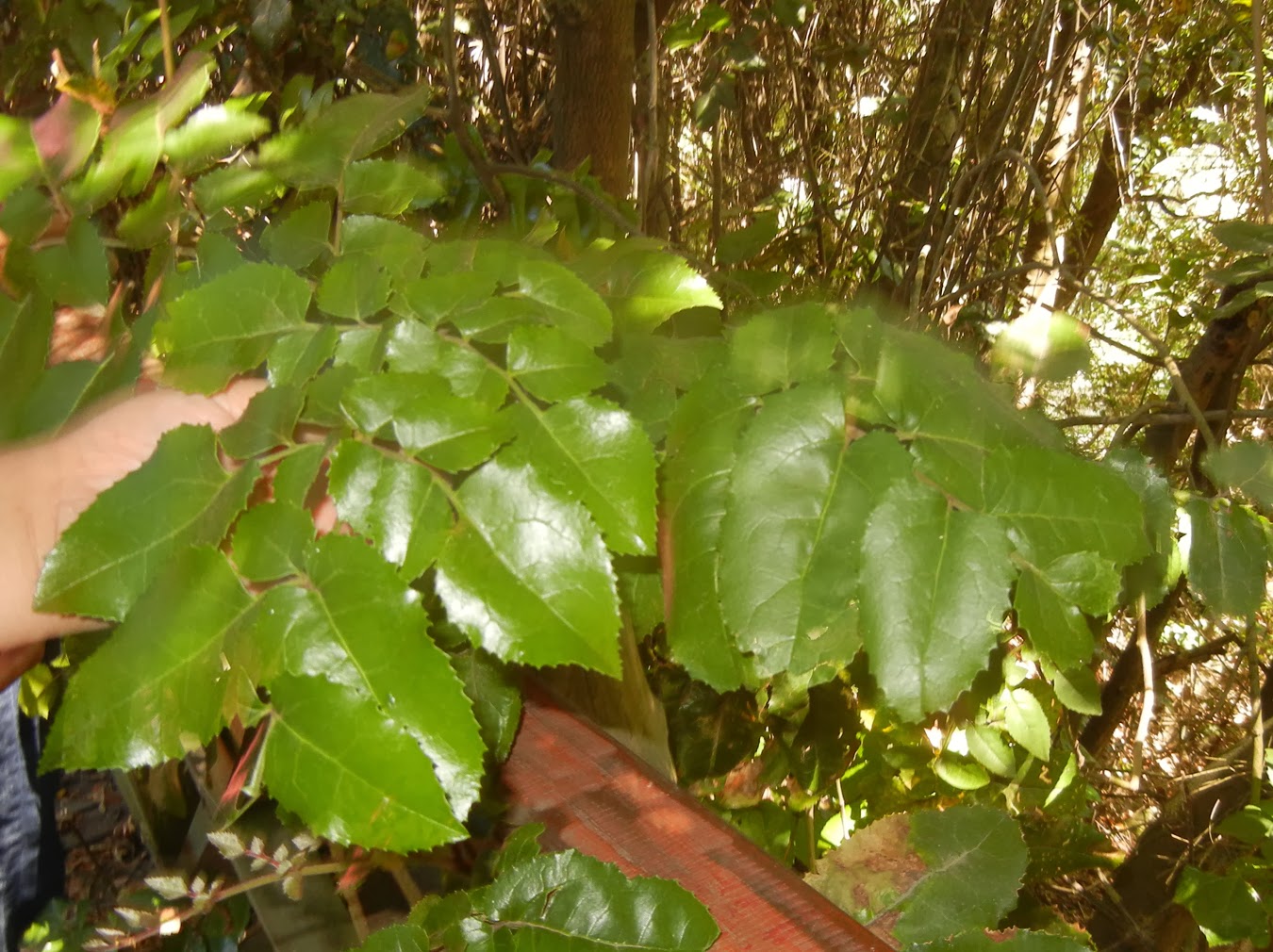Tomorrow is Elder Kennington's Big Birthday. He is feeling it, probably now that he is not out on a tractor every day and gets enough rest. His greatest wish is to find some Really Good Ice Cream. We had a Really Good Ice Cream Cone once in a shop in Concepcion, but even though we have searched for it since then, we haven't been able to find it again. Most ice cream you can buy is rather milky, with lurid food coloring, but occasionally we have been rewarded. We may have to search for Really Good Ice Cream again tomorrow on the Big Birthday.
This week several of the ladies finished more of their wall hanging projects.
This week several of the ladies finished more of their wall hanging projects.
This one is in the Mapuche style, with the natural colors, empty spaces surrounding wrapped vertical yarns, horizontal sticks, and a hanging trim.
Finely woven wall hanging, making use of bright color and purposely empty warp yarns.
Detail of the above telar.
A stylized tree
A brightly woven, geometric design, using vellon, dyed wool fleece, and trimmed with beads..
A pastoral scene with added elements, including a crocheted sun.
This is my second telar, in natural colors, in the Mapuche style. It is for Sis. Pulsipher, who is leaving to go back to the United States in a month. Since I am still a beginner, it is not perfectly--or even well-done, but I had fun doing it. The rod is Colihue bamboo, and the dark circles hanging down are the spiny spherical seed pods of the sweet gum trees that line the streets of many cities in Chile.
Since I have been observing the numbered routes of the Colectivos of Concepcion--as we try to visit a different LDS building every Sunday--I am recording the information here so I can always find it. The general route for all colectivos is the 2 mile square that runs along Chacabuco, Rengo or Lincoyan, Manuel Hernandez-Rosas, and Lientur. The numbered signs on top of the cars announce what other neighborhoods they serve. The cars are independently owned, and belong to certain terminals. Some taxis are more commonly seen, for example the numbers 2-8 and 27. Other numbers come along more rarely, and some not at all on Sundays. You can call a regular taxi, which will pick you up at your door and take you anywhere in Concepcion, but they are more expensive. For about 90 cents you can take a colectivo to most any of the neighborhoods in Concepcion.
For bus routes out of Concepcion go to http://pordondevalamicro.wordpress.com/desde-centro-de-concepcion-hasta/
There is some printed information on the bus routes, but they tend to stick to main roads, and connect the cities with each other. Information on colectivo routes is very hard to come by, unless you can find one of the colectivo terminals, and it is mostly word-of-mouth. The best source is the drivers themselves, or people who live in the neighborhoods they serve. In other words, in order to use the colectivos, you have to be familiar with the main map of Concepcion and all the neighborhood areas, and be willing to flag down a driver (if there is space in his vehicle) and ask him (or occasionally her) if he can drop you off where you want to go. If not, he will tell you which number will work for you, and even wave another driver in your direction.
If you find yourself in another Chilean city, ALL, and I mean ALL, of the street names are the same. So don't be confused; the following list is for Concepcion.
I will update as I get more information:
1 --
2-- Hospital, San Sebastian, Barrio Norte, Ejercito, Rengo/Lientur
3--Hospital , Rengo/Lientur, San Sebastian, J. Ewert Terminal, Tucapel, Cerro lo Polvera
4--Las Princesas, Santa Sabina, Mall, Terminal
5--Villa Cap Terminal, Andalien, Rengo/Lincoyan, Lientur
6--Miraflores, Cementario, Portal, Laguna Redonda, Lorenzo Arenas, Juan Pablos II, Aguita de la Perdiz, Portal Concepcion
7--Tucapel, Terminal, Laguna Redonda, Fresnos, Terminal Collao, Gran Bretanas, Floresta, P. Samedra, V. Huascar, P. Bio Bio, Los Conquistadores
8--Lorenzo Arenas, J. Ewert, Hospital, Chacabuco, Puchacay, Los Lirios, Golf
9--
10--Collao, Fresnos, Chacabuco/Lincoyan, Freire
11--
12--
13--Tucapel/Colo Colo, Barrio Universitario, Laguna Redonda, Parque Central
14--Via Acero, Collao, Golf, Lorenzo Arenas, Laguna Redonda
15--
16--Lincoyan, Loma de San Sebastian, Hospital, Villa Cap, Bellavista, Andalien, Pelantaro
17--
18--
19--
20--
21--Tucapel/Colo Colo, Barrio Universitario, Parque Central, Golf, Laguna Redonda
22--Mall, Lider, Terminal Jota Ewert, Barrio Universitario, Santa Sabina, L.San Andres, Aguita de la Perdiz
23--
24--Tucapel
25--
26--Aguita de la Perdiz, Barrio Universitario, Penuelas, Golf
27--Villa Cap, Ejercito, Calle Uno Oriente, Camilo Henriquez, J. Ewert, Lincoyan/Rengo
28--Aguita de la Perdiz
29--Mall, Lider, Terminal Jota Ewert, Las Princesas, Lomas de San Sebastian, Aguita de la Perdiz, Barrio Universitario, Santa Sabina, Chacabuco, Lincoyan




















































